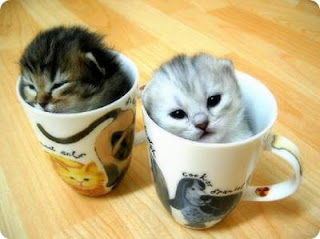Over the course of the 1950s, computer and telecommunications technologies were integrated, and computer-communications networks were created that linked computers among each other and to terminals. These networks found wide application as a number of technological advances increased the capacity, accessibility and compatibility of both computing and telecommunication facilities. For example, research in the field of telecommunications yielded innovations such as satellites, modems, optical fibers and packet switching. New computer technology permitted the integration of electronic circuits on very small surfaces of silicon (the “chip”), and then created the capacity to place the complete central processing unit of a computer on one chip (the microprocessor).
Information and Communication Technologies (ICTs) encompass all those technologies that enable the handling of information and facilitate different forms of communication among human actors, between human beings and electronic systems, and among electronic systems.
Media coverage is the very lifeblood of politics because it shapes the perceptions that form the reality on which political action is based. Media do more than depict the political environment; they are the political environment." -Doris Graber. Media are the prime source of information we have about political candidates. How media portray candidates and political issues can elect or defeat leaders.
Youth is a period in life in which a person is always ready to catch info because he is still lenient, therefore any kind of communication can affect young people so imagine if this communication is visual written and active like new information and communication technologies- media Web 2.0, the Internet etc.....). They will definitely change some personal views and they are able to convince youth about many ideas especially when it comes to politics. Politics is the most important topic for the Lebanese youth so they are always ready to know more and to discuss more politics and politicians’ points of view.
So images, web sites, slogans, logos, advertising campaigns, they are all considered as main source of guidance and direction for youth. Using colors, different fonts, attractive words, fresh info are main factors during the election campaigns. These facilities can b easily created but need a combination of intelligence and simplicity. Because the Lebanese youth search always for more fun, more entertainment and better life conditions, they look always for the future and they always try to improve their moral and financial situations. Most of them find the election is the solution. Thus, they put their trust in some politicians who most of the time don’t deserve this trust. What make this trust easily given are the media and the provocative campaigns that are able to persuade a person about some suggestions even if these suggestions are contradictive with their personal believes. Media can change some believes to others that are totally different.
Political advertising may sway voters in favor of one candidate or another. Candidates of all stripes spend increasingly significant portions of their campaign budgets on advertising, ranging from bumper stickers and billboards to print, television ads, websites… Political advertising allows candidates and their supporters to provide information, make arguments and raise issues relevant to their candidate and the election. Political advertising may not influence people with strong opinions for or against a candidate, but it can be a deciding factor among undecided voters.
Elections advertising campaigns:
No guilt trips in advertising campaigns: be honest and straightforward; passionate not passive
Advertising blitz during last two days of election
Encourage youth to contact Elections Canada for more information: Web site or enquiries line
Use youth-oriented newspapers and magazines to publish information
Fund youth organizations to organize get-out-the-vote campaigns for young people
Work with several advertising agencies to create a variety of concepts: encourage creativity and diversity
Invite well-known personalities and role models to promote the vote
To improve the elections and make them interested to youth is to have websites for candidates, create more links between Elections Web site and other relevant youth sites, Text messages from Election to promote voting and registration and create chat rooms to discuss election issues.
Music
16 years ago










